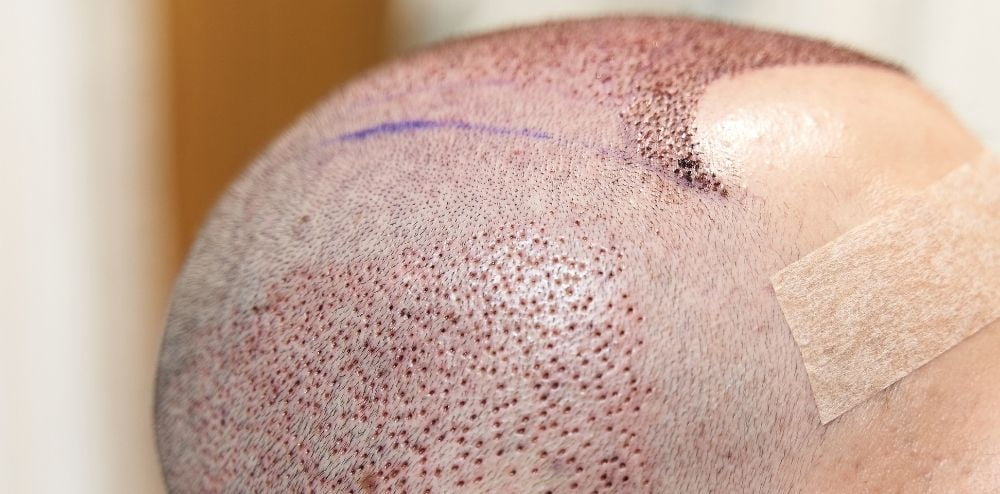Hair transplant is common procedure that helps individuals regain their hair and confidence. It is a surgical process in which hair is removed from one area of the body and transplanted to the scalp’s bald or thinning spots. The same risks apply to any surgical treatment, including hair transplant surgery. Although swelling is a frequent adverse effect of hair transplant surgery, it can be managed with the right care. How to handle swelling after a hair transplant will be covered in this essay.
Understanding Swelling After Hair Transplant
One of the typical side effects of the procedure is swelling after hair transplant. It happens as a result of fluid buildup in the scalp. Swelling can range in intensity and last anywhere between a few days and a few weeks. The extent of the surgery, the person’s skin type, and the person’s medical background are some of the variables that may affect the swelling’s intensity and duration.
Managing Swelling After Hair Transplant
After undergoing hair transplant surgery, swelling can be treated in a number of different methods. Some of the best techniques are listed below:
After a hair transplant, swelling typically occurs a few days later. It can affect your eyes, producing puffiness around the face. You can follow the following steps to reduce swelling:
Apply Ice Packs
This may assist in constricting blood arteries and reducing swelling following hair transplants. It must be applied delicately and meticulously to avoid risking narrowing the hair follicles. To lessen forehead swelling in the first few days following surgery, try to apply the compress to the cheekbones rather than the head. This is because the grafts will still be brittle during this time. Ice packs can be applied to the head for 10 to 15 minutes at a time by wrapping them in a towel. Every few hours, repeat the procedure.
Minimize strenuous activity
Keep Your Head Elevated
For the first few days following surgery, keeping your head elevated can help decrease swelling. While sitting or sleeping, you can raise your head with a few pillows.
Take Prescribed Medicines
To help control the swelling, your physician may recommend painkillers or anti-inflammatory drugs. Ensure that you take the medicines exactly as directed.
Avoid Hard Activities: Hard activities raise the possibility of edema. For the first few days following surgery, it is advised to stay away from these pursuits.
Keep Hydrated
Water consumption in large amounts can help to lessen edema. At least eight cups of water should be consumed each day.
Consume pineapple
After a hair transplant, pineapple can help decrease swelling. Bromelain, an enzyme found in pineapples, has anti-inflammatory properties that can aid the body by reducing swelling and inflammation.
Wear Loose Clothing
This can assist to lessen the chance of swelling. Blood movement can be restricted by tight clothing, which raises the possibility of swelling.
Follow the instructions for aftercare
You can receive medication from your hair transplant expert to lessen post-hair transplant swelling.
When to Call Your Physician?
Swelling is a typical side effect of hair transplant procedure, but it may also indicate an infection or other complications in some circumstances. If you notice any of the following signs, you should see a doctor:
- An excessive amount of swelling that doesn’t go away after a few days
- Increasing discomfort or agony
- Cold or fever
Swelling is a common side effect after hair transplant surgery, but it is manageable with proper care and attention. The procedures suggested above can help to reduce edema and speed up recovery. If you have any strange symptoms or are concerned about your recovery, contact your doctor straight away. You may reap the benefits of hair transplant surgery and attain the hair of your dreams with careful maintenance.







